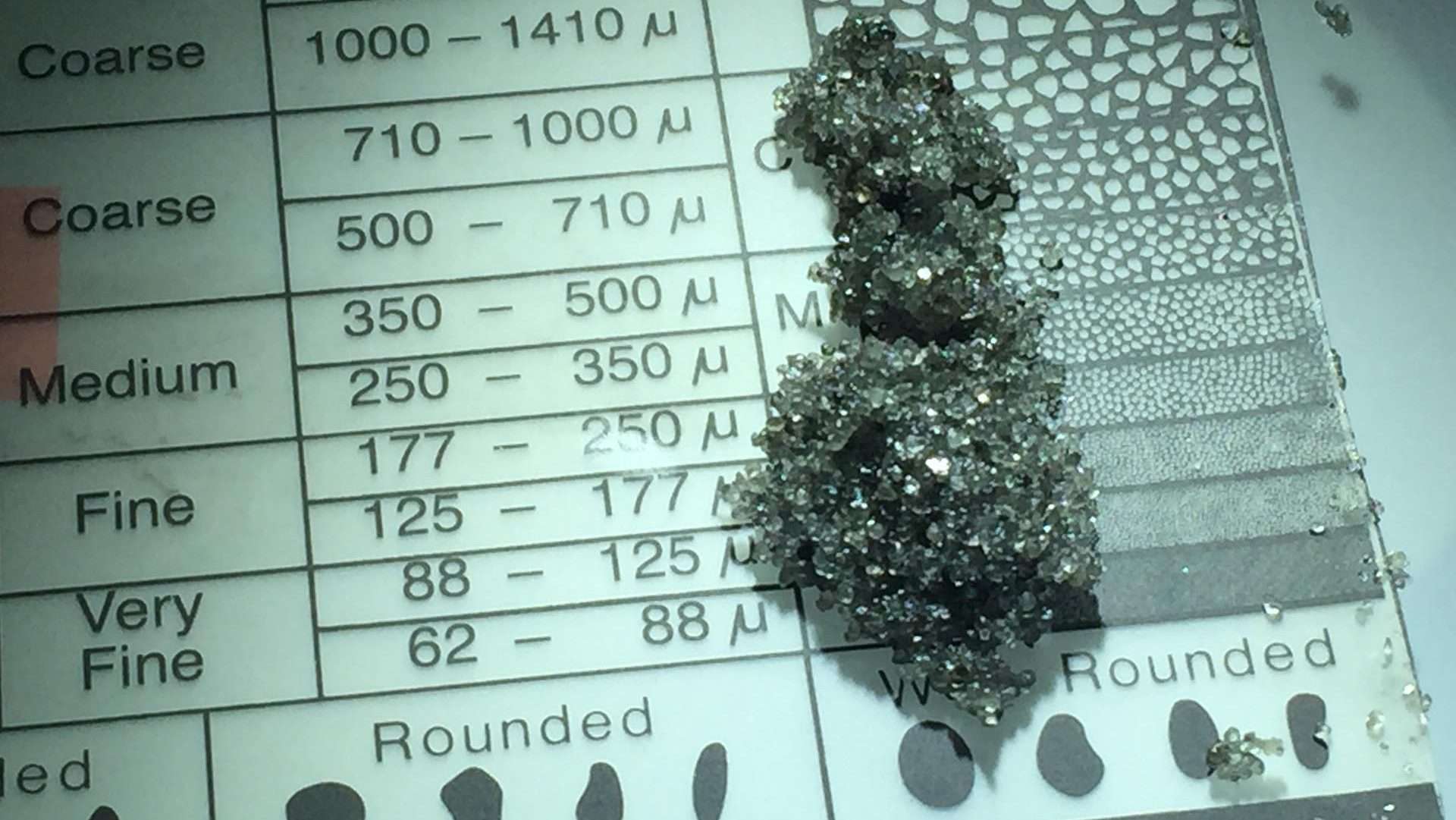Abstract
Inclusion-based formulations that treat the individual pore spaces as discrete inclusions embedded in a rock matrix are often used to analyze the elastic wave velocities of porous rocks. Models of this type assume that the individual pore spaces are unconnected in terms of pore fluid pressure communication. The extent to which pressure communication occurs between individual pore spaces during elastic wave propagation is a function of measurement frequency, pore fluid viscosity and permeability. At ultrasonic frequencies used in laboratory experiments, the assumption of no interpore pressure communication is valid. However, at the lower frequencies used in borehole measurements, it is likely that pressure communication between pores occurs. This difference in the extent of pressure communication is one source of the observed discrepancy between borehole and laboratory measurements.



